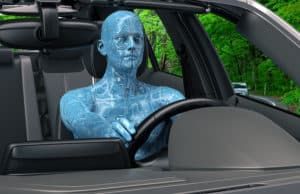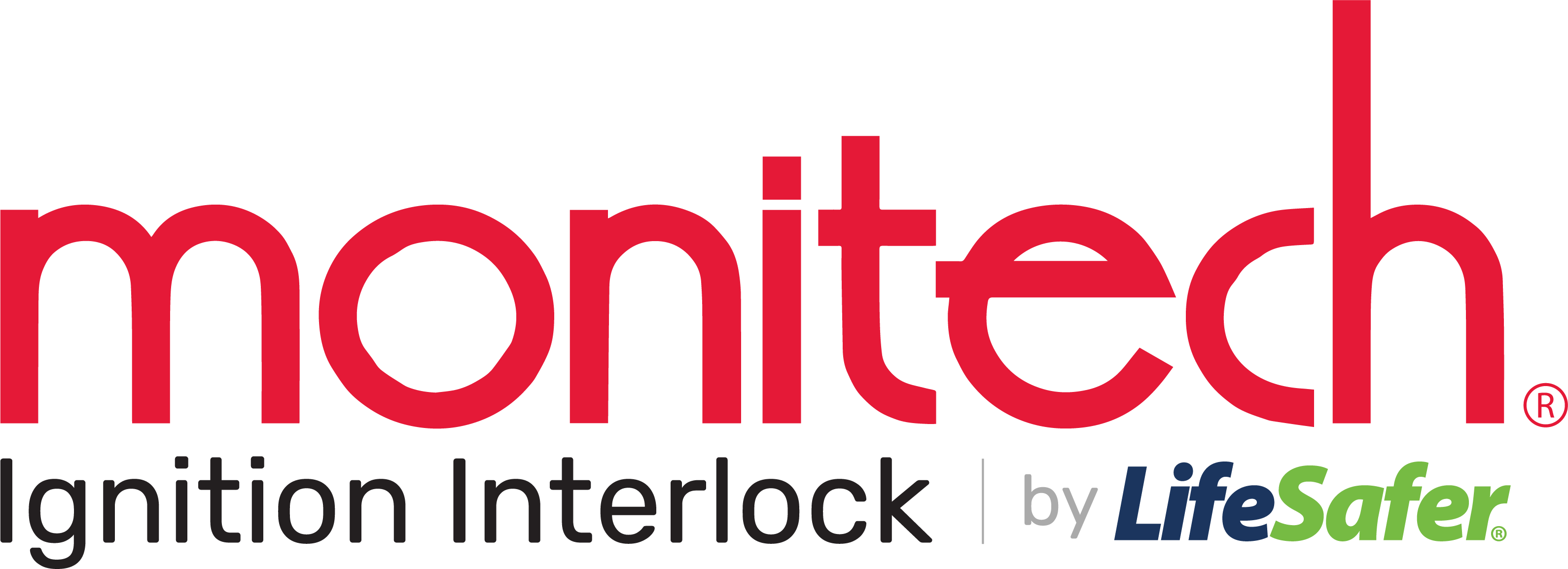 Google is determined to pry us all out of the driver’s seat, and Arizona is where it’s testing the crowbar. The company’s self-driving cars have been plying the roads of Chandler – carrying a qualified pilot should anything go wrong, of course – and now there will soon be more of the autonomous vehicles in Phoenix, Mesa, Gilbert and Tempe.
Google is determined to pry us all out of the driver’s seat, and Arizona is where it’s testing the crowbar. The company’s self-driving cars have been plying the roads of Chandler – carrying a qualified pilot should anything go wrong, of course – and now there will soon be more of the autonomous vehicles in Phoenix, Mesa, Gilbert and Tempe.
The idea of expanding to other cities is to give the vehicles – and the software that runs them – exposure to more terrain and more traffic situations.
There’s no doubt people are nervous about self-driving cars and trucks zipping around. There’s something in our makeup as humans that does not want to trust a machine to pilot itself and not bump into things.
But here’s where technology and people’s fears meet: Google is finding that the worst hazards its autonomous vehicles face are bad drivers, of which there are enough. The company needs to train its navigation software to deal with every kind of boneheaded maneuver that a driver could come up with on Arizona roads (and roads anywhere else).
And the vehicles would have to deal with drunk drivers. One of the collisions in Chandler last August was caused by a driver who had been drinking.
Those who are skeptical about self-driving cars will at least admit that the vehicles will never have drunk drivers. Software is not capable of making that particular kind of bad decision. That means that
- The vehicle’s reaction time will not be slowed
- Its vision will not be blurred
- Its judgement will not be compromised
- It will not lose concentration
- It will not lose coordination
Which is not to say that Google’s, or anyone else’s self-driving vehicles will ever be perfect. But we can rest assured that they will be free of one fault that kills some ten thousand Americans each year, and injures countless more. All in all, it’s probably a win for Arizona.
